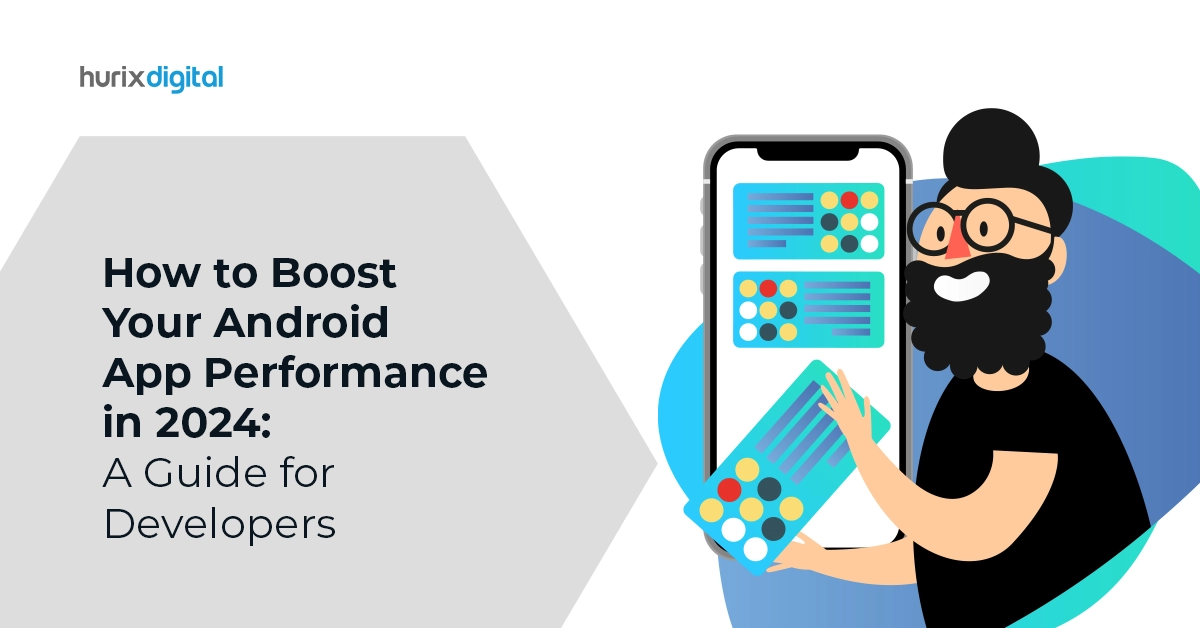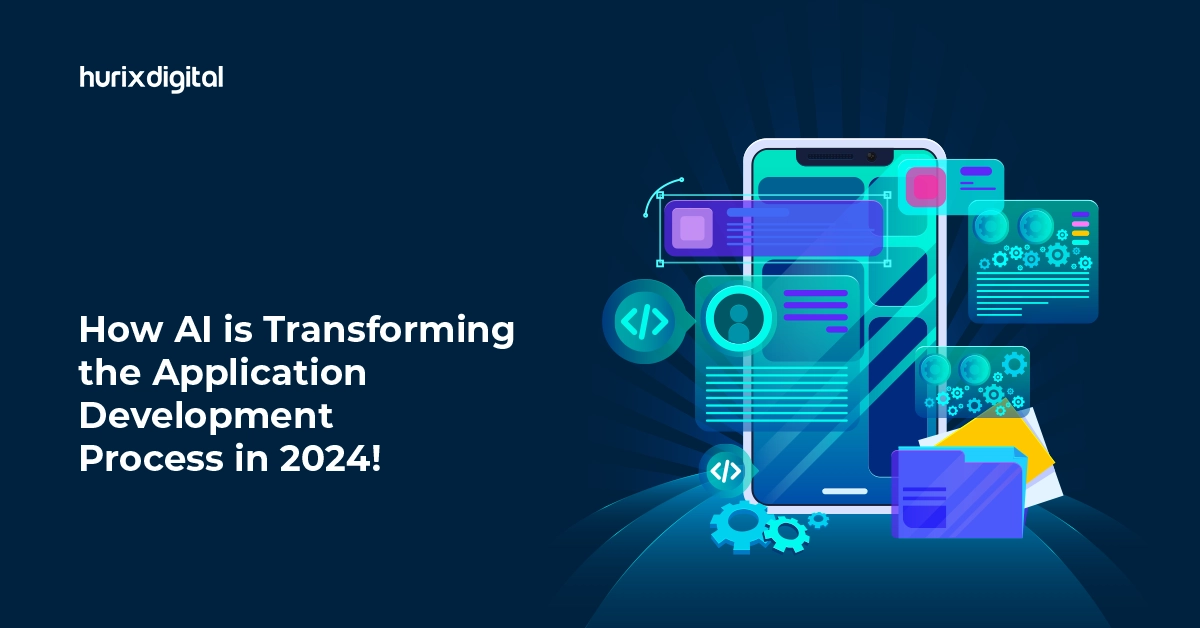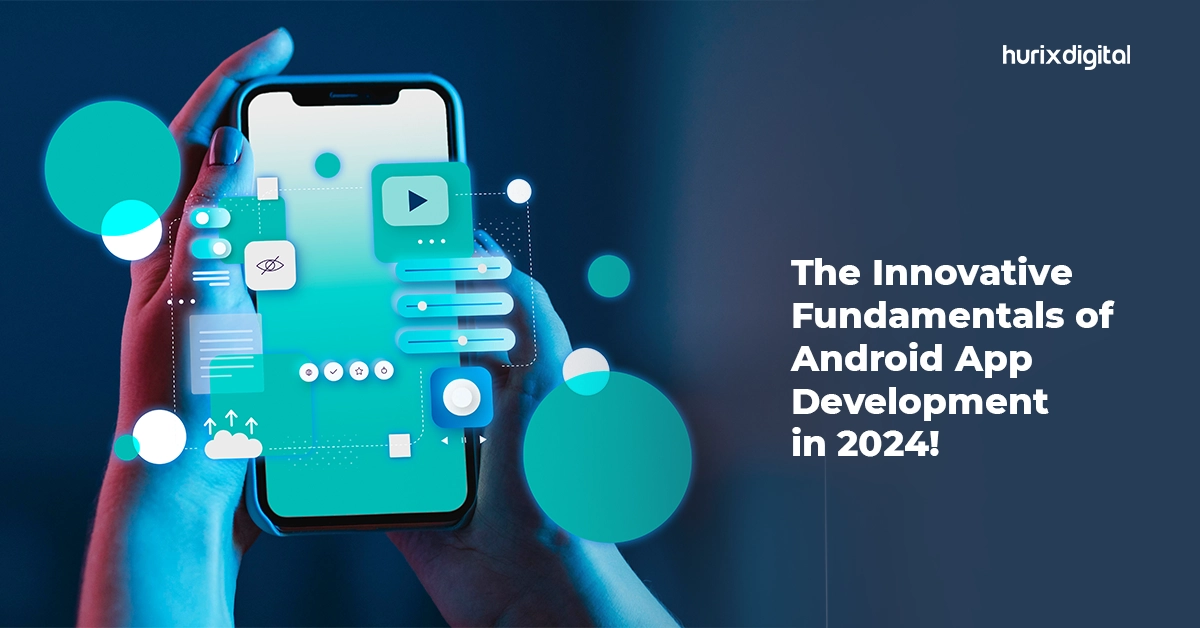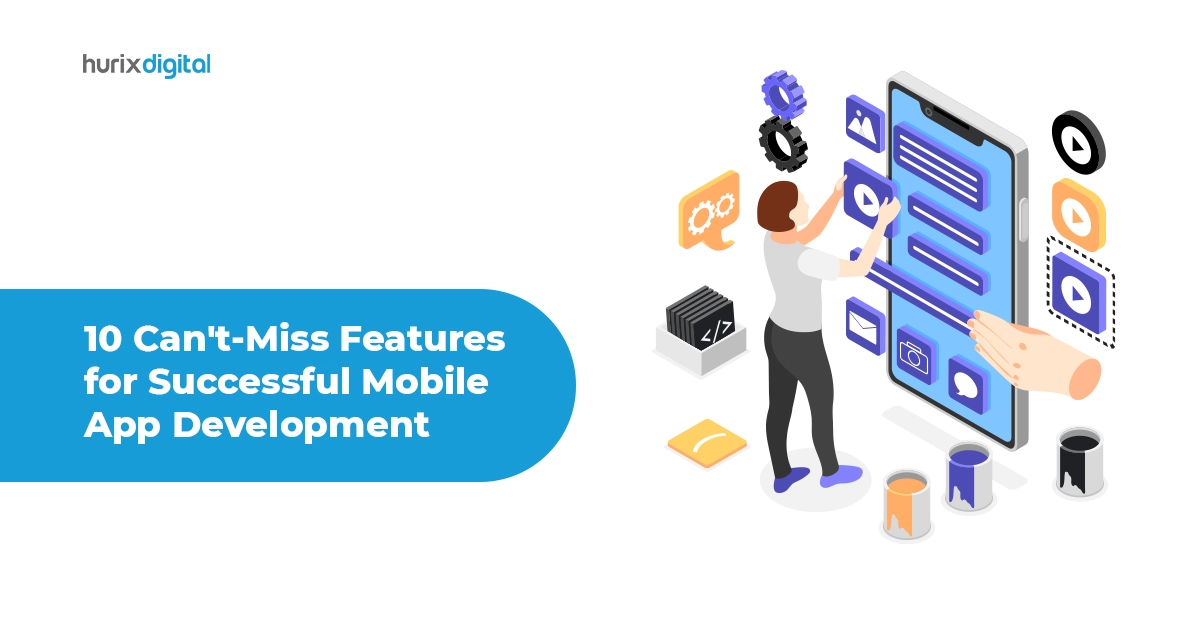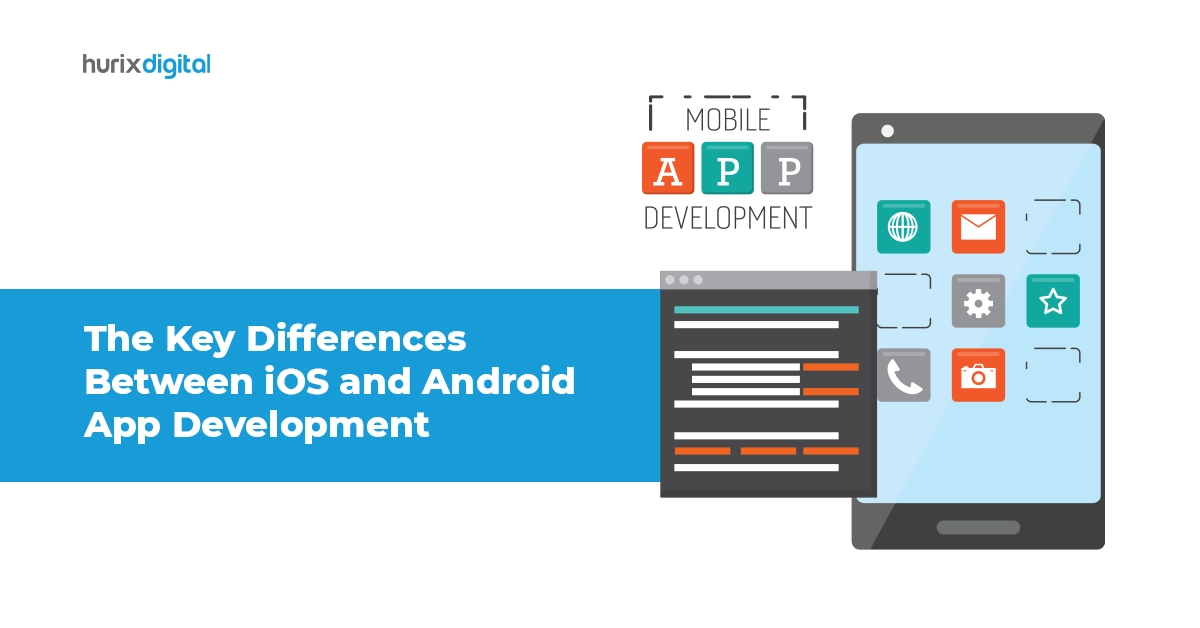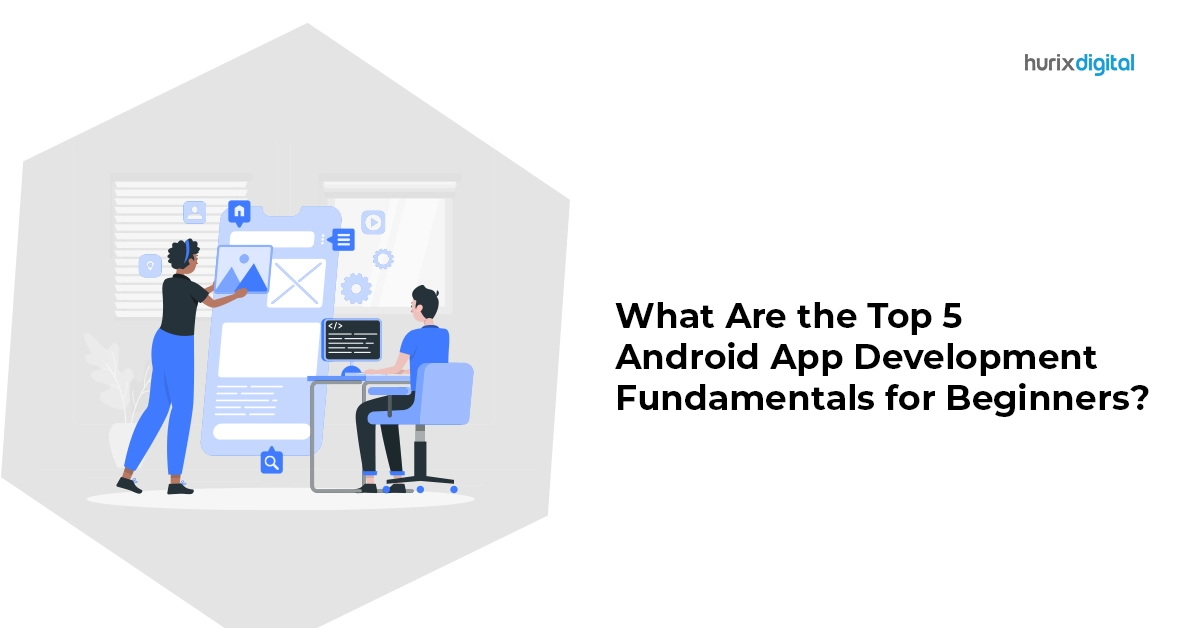Summary
Android reigns as the top mobile OS worldwide, but its vast userbase presents optimization hurdles for developers. This article delves into techniques such as app size reduction, network and memory optimization, baseline profiles, layout enhancements, and performance monitoring to improve app functionality across various devices and networks.
Android is the most popular operating system in the world, with over 3 billion active users. However, with such a large and diverse user base, Android developers face many challenges in ensuring their apps run smoothly and efficiently on different devices and network conditions.
Android app developers encounter numerous challenges while striving to create efficient and high-performing applications. The ever-evolving technology landscape demands staying abreast of new features and APIs, while security considerations add another layer of complexity. In this dynamic environment, developers must employ strategic techniques to enhance app performance, striking a balance between functionality, compatibility, and efficiency.
In this blog, we will delve into effective strategies to overcome these challenges and optimize your app’s performance, ensuring a seamless user experience across a diverse Android landscape.
Table of Contents:
Advanced Techniques to Optimize Android App Performance
These 7 techniques will help you deliver a better user experience, increase user retention, and boost your app ratings and revenue.
1. Reduce App Size
One of the first steps to improve Android app performance is to reduce the app size. Users often avoid downloading apps that are too large, especially in emerging markets where devices have limited storage and network bandwidth. According to Google, every 6 MB increase in app size can reduce the install conversion rate by 1%.
There are several ways to reduce app size:
- Using Android App Bundles: Android App Bundles are a new upload format that lets you upload a single app bundle file to Google Play, which then generates and serves optimized APKs for each user’s device configuration. This way, users download only the code and resources they need to run your app, resulting in smaller app downloads and updates.
- Minimizing resource count and size: Resources such as images, sounds, fonts, and videos can take up a lot of space in your app. You can minimize resource count and size by removing unused resources, compressing images and sounds, using vector drawable instead of bitmap images, and providing alternative resources for different screen sizes and densities.
- Removing unused code and libraries: You can remove unused code and libraries by using tools such as ProGuard, R8, and Lint, which can shrink, obfuscate, and optimize your code.
Also Read: The Key Differences Between iOS and Android App Development
2. Optimize Networking
Networking can consume a lot of battery, data, and CPU resources, and can also cause delays and errors in your app. To optimize networking, you should follow these best practices:
- Use caching and offline mode: Caching is a technique that stores data locally on the device so that it can be retrieved faster. Offline mode is a feature that allows your app to work even when there is no network connection, by using cached data or local storage.
- Optimize network requests: Network requests are the operations that your app performs to communicate with a server, such as fetching data, uploading files, or sending messages. You can optimize network requests by using efficient protocols and formats, such as HTTP/2, gRPC, and protobuf, which can reduce network latency and bandwidth.
- Monitor network performance: Monitoring network performance is essential to identify and fix any issues that may affect your app performance. You can use tools such as Firebase Performance Monitoring, Network Profiler, and Charles Proxy, which can help you measure and analyze network metrics such as response time, throughput, errors, and traffic.
3. Optimize Images
Images can enhance the visual appeal and functionality of your app, but they can also impact your app performance if not optimized properly during Android development. To optimize images, you should consider these tips:
- Use appropriate image formats: Image formats are the ways that images are encoded and stored on a device. You should choose the image format that best suits your needs and requirements. For example, JPEG is a good format for photos, PNG is a good format for icons and logos, and WebP is a good format for both photos and icons, as it offers better compression and quality than JPEG and PNG.
- Resize and scale images: You should resize and scale images to match the size and density of the device screen, so that they do not waste memory and disk space, and do not cause distortion or pixelation.
- Use image-loading libraries: Image-loading libraries are libraries that can help you load, display, and manipulate images in your app. Such libraries can offer many benefits, such as caching, memory management, transformation, animation, and error handling.
4. Improve Memory Usage
Memory is the space that your app uses to store data and run code on the device. It is a limited and shared resource, and if your app uses too much memory, it can cause problems such as slow performance, crashes, and out-of-memory errors. To improve memory usage, you should follow these guidelines:
- Avoid memory leaks: Memory leaks are situations where your app allocates memory but does not release it when it is no longer needed. You can avoid memory leaks by using weak references, avoiding static references, and unregistering listeners and callbacks when they are not needed.
- Use memory-efficient data structures and algorithms: Data structures and algorithms are the ways that your app stores and manipulates data in memory. You should use memory-efficient data structures and algorithms that suit your app’s needs and scenarios.
- Monitor memory usage: Monitoring memory usage is important to detect and diagnose any memory issues that may affect your app’s performance.
5. Use Baseline Profiles
Baseline Profiles contain information about the most frequently executed methods in your app, which are collected by Google Play during app installation or update. By using Baseline Profiles, the Android Runtime (ART) can perform ahead-of-time (AOT) compilation and optimization of these methods, resulting in faster app startup, lower memory usage, and better battery life.
To use Baseline Profiles, you need to follow these steps:
- Enable Baseline Profiles in your app by adding the android:useEmbeddedDex=”true” attribute to the <application> tag in your app’s manifest file.
- Upload your app as an Android App Bundle to Google Play, which will generate and serve Baseline Profiles for your app.
- Test your app with Baseline Profiles by using the Play Console’s internal app-sharing feature, which will let you download and install your app with Baseline Profiles on your device.
6. Use DEX Layout Optimizations
DEX Layout Optimizations are files that contain information about the order of the methods in your app, which are collected by Google Play during app installation or update.
To use DEX Layout Optimizations, you need to do the following steps:
- Enable DEX Layout Optimizations in your app by adding the android:useEmbeddedDex=”true” attribute to the <application> tag in your app’s manifest file.
- Upload your app as an Android App Bundle to Google Play, which will generate and serve DEX Layout Optimizations for your app.
- Test your app with DEX Layout Optimizations by using the Play Console’s internal app-sharing feature, which will let you download and install your app with DEX Layout Optimizations on your device.
7. Monitor App Performance
Monitoring app performance is essential to ensure that your app is running smoothly and meeting user expectations. You can monitor app performance by using various tools and metrics, such as:
- Firebase Performance Monitoring: Use this tool to identify and fix performance issues, and to track the impact of your optimizations.
- Android Vitals: Use this dashboard to understand how your app performs on real devices and users, and to improve your app quality and user retention.
- Android Studio Profilers: Use these tools to inspect and optimize your app performance in real-time, and to find and fix performance bottlenecks and bugs.
Also Read: The Innovative Fundamentals of Android App Development in 2024!
Conclusion
Optimizing Android app performance is a challenging but rewarding task. By applying the advanced techniques and best practices we discussed in this blog, you can improve your Android app performance and deliver a fast, efficient, and satisfying app experience to your users.
If you are looking for a reliable and experienced partner to help you with your Android app development and optimization, you should consider Hurix Digital. Hurix Digital is a leading digital content solutions provider that offers end-to-end mobile app development services, from ideation and design to development and testing.
Contact us today to learn more about tailored solutions for your mobile app development process.


